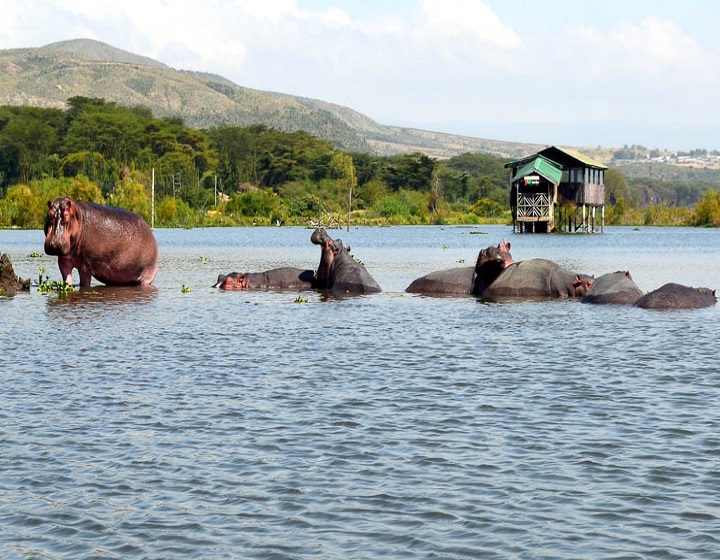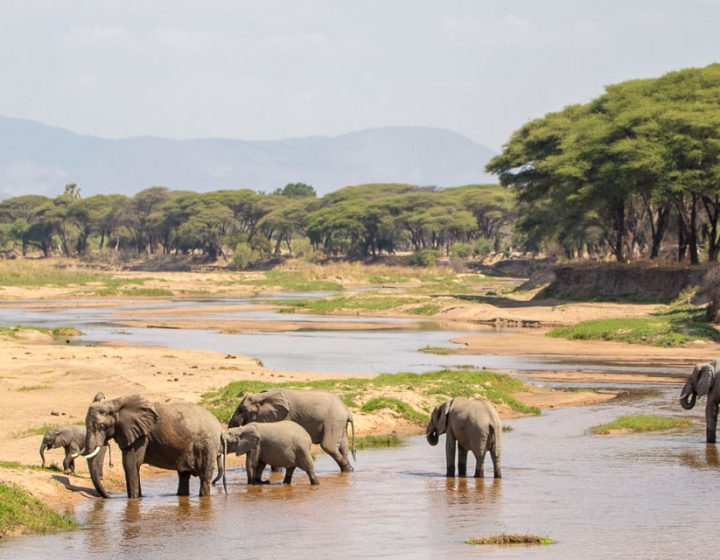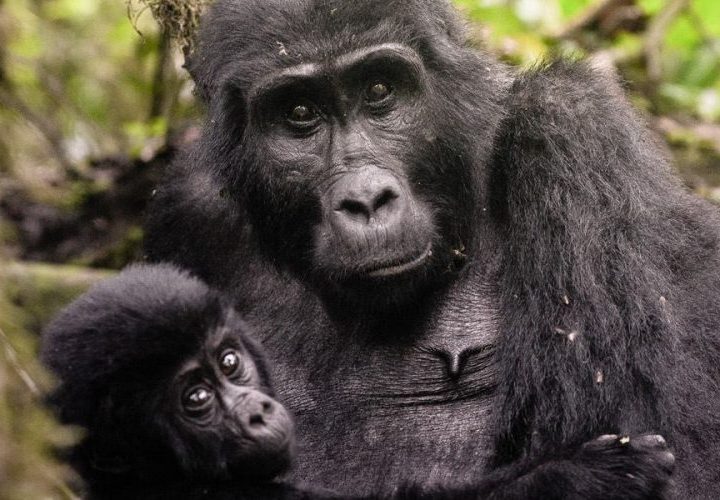Tour overview
About the Serengeti Migration
The great Serengeti wildebeest migration is the movement of vast numbers of the Serengeti’s wildebeest, accompanied by large numbers of zebra, and smaller numbers of Grant’s gazelle, Thomson’s gazelle, eland and impala. These move in an annual pattern which is fairly predictable. The three groups of migrant grazers have different grass-eating habits: as one group eats the top of the tallest grass, the next group will eat away some of the medium-height grass, until finally it is almost completely eaten, and the herds move on. This means each group sticks to their own kind with only a small overlap in their distributions. The grasses of the plains have the highest protein content in the whole of the Serengeti, as well as being high in calcium.
Around January each year, the migration will be finishing a southwards trek, moving along the eastern edge of the Serengeti and into the Ngorongoro Conservation Area. Here the plains are rich in nutritious grass, providing the herds with the best conditions for raising their newborn calves.
Day to Day Activity
Day 1: Arusha / Central Serengeti
This morning, you will be picked up from Airport (Ex Zanzibar) and drive towards the Central Serengeti. On arrival, head directly to the camp for check in and lunch.
After lunch, there is time to unwind and relax before heading out for a late afternoon game drive. The afternoon culminates with the sunset sliding into the Serengeti plains whilst you enjoy your drink of choice.
Dinner and overnight at Serengeti Wild Camp or similar
Day 2 : Northern Serengeti (Kongatende)
Depending on your preference, there are a couple of options with regards to how your day is structured. One option is to break camp early and head out with a picnic breakfast, returning to camp in time for lunch. Alternatively, you can eat breakfast in camp and head out with a picnic lunch, returning in the mid-afternoon.
The Serengeti is a vast rolling grassland with supportive space for thousands of wildebeest and other animals including zebra, elephant, giraffe, buffalo and other species. There is no other place that offers the view of such an immense wildlife movement. Undoubtedly a paradise for wildlife lovers and home to the big cat families. Tourists embark on game drives and can spot Big 5 (lion, leopard, rhino, elephant, and buffalo). The park has the densest population of lions in the world. The exclusive region of Serengeti is the place for the annual journey of more than 1.5 million wildebeest and other animals as they travel over 1,200 miles in search of lush green land to graze and water.
Dinner and overnight at - Serengeti Wildbeest Camp or similar
Day 3: Serengeti / Ngorongoro
Early morning game drive at the Serengeti returning to the camp for breakfast and check out, with an en-route game drive you proceed to Ngorongoro crater, arriving in time for check in and lunch
In the afternoon, make your way up the steep Rift Valley escarpment, into the Ngorongoro Crater. The park gate opens at 0600, so it is best to be there as close to this time as possible.
The Ngorongoro Crater is a large, unbroken, un-flooded caldera, formed when a giant volcano erupted and collapsed some three million years ago. Had it not become a caldera, it is possible that the volcanic mountain would be about the same height as Kilimanjaro. Down on the crater floor there is an abundance of wildlife including black rhino, wildebeest, zebra and eland. There are a number of lion which are typically larger in size than an average lion due the large amount of game in the area. The crater floor tends to get very busy, with there often being numerous vehicles at any wildlife sighting
Dinner and overnight at - Ngorongoro Wild Camp or similar
Day 4: Departure
Breakfast at the camp and later check out for your drive back to Arusha exploring great sceneries along the way , lunch and the rest of the evening at leisure
Later transfer to the Hotel or to the Airport for your outbound flight








